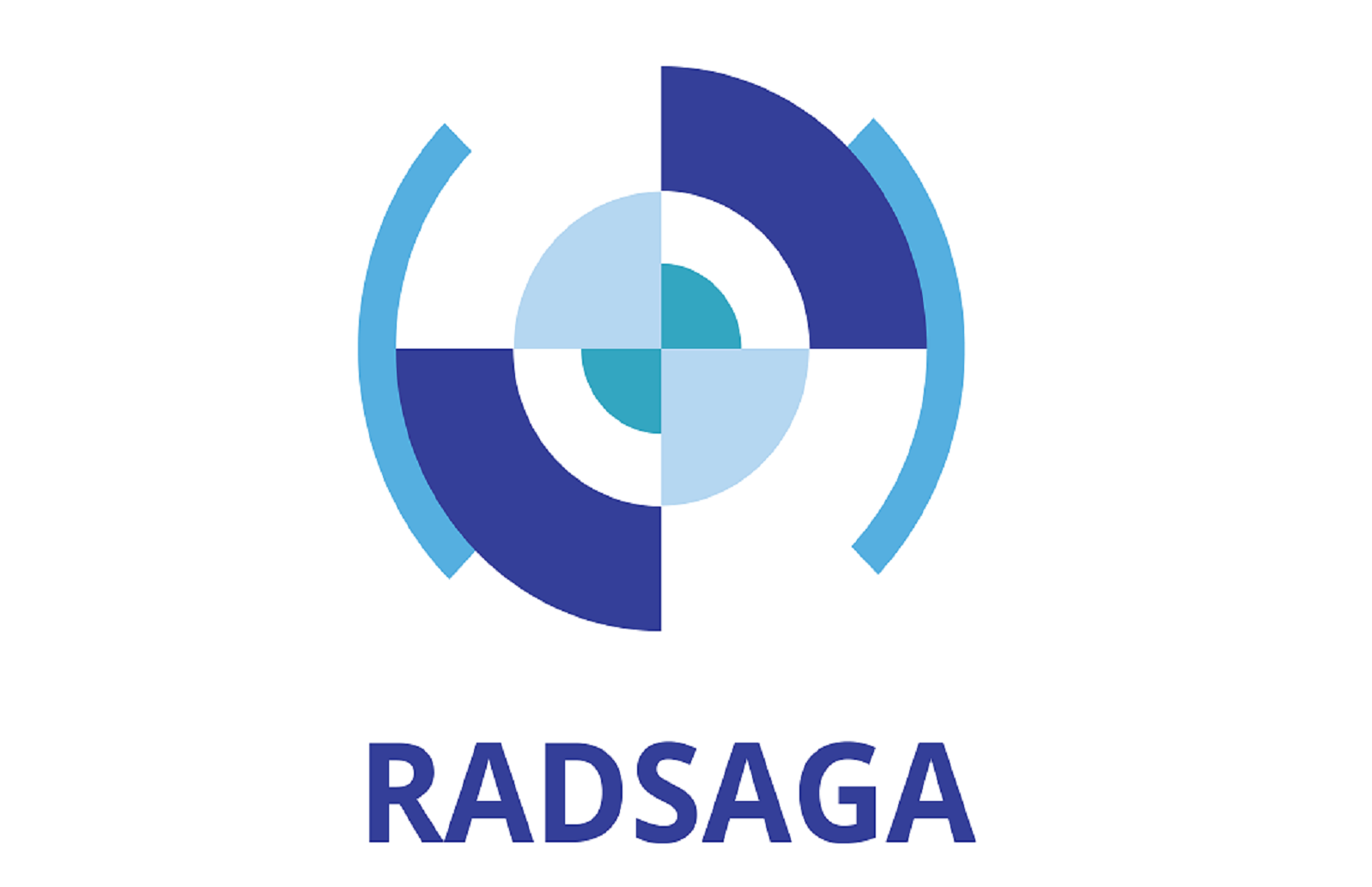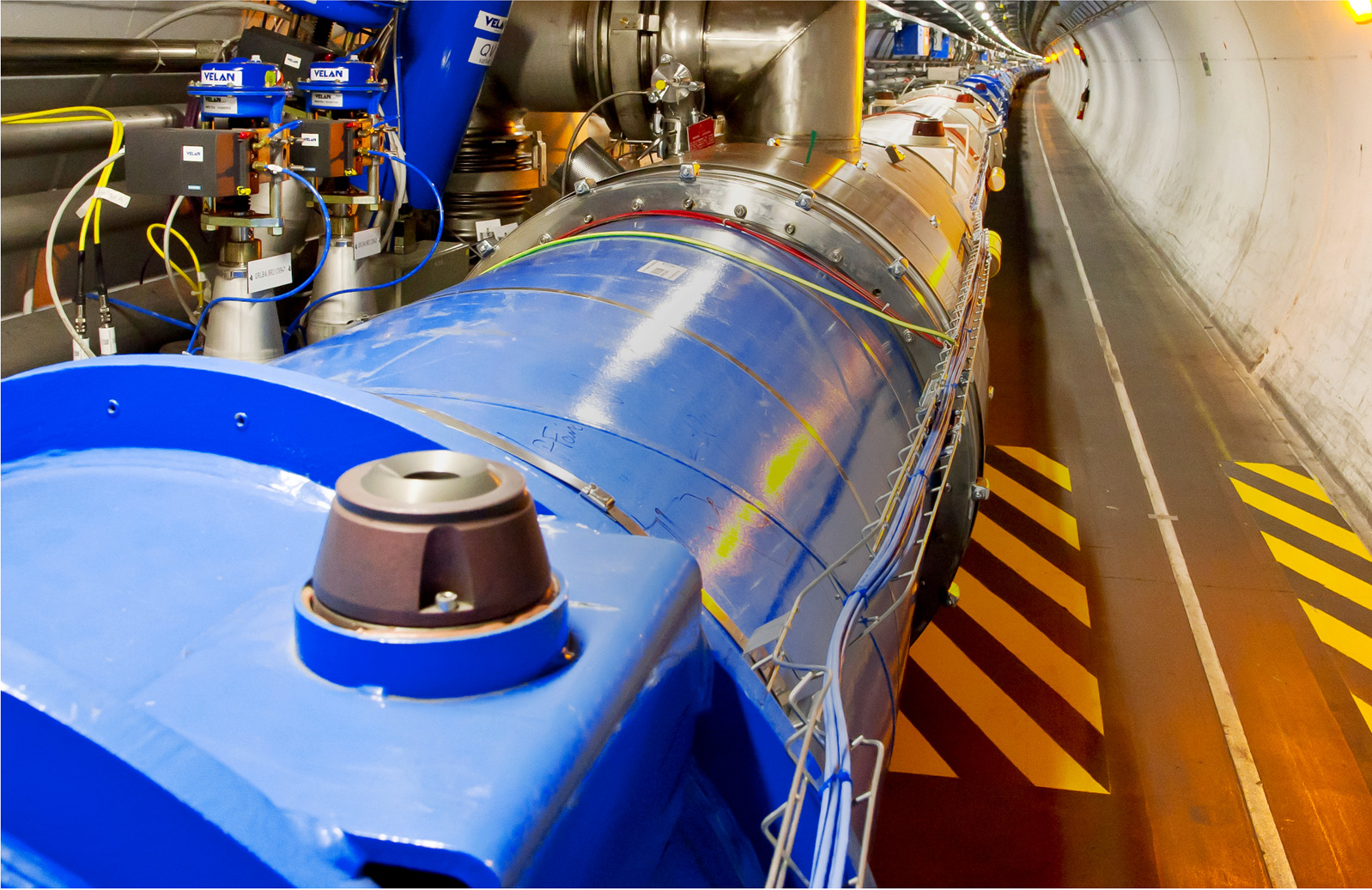D4.2 - – Handbook of test methodologies and applicable facilities for advanced systems
This document provides insights on the use of system-level radiation testing as a qualification tool for a set of specific space systems associated with high-risk acceptance missions, benevolent and mild radiative environments, and use of commercial-off-the-shelf (COTS) microelectronic devices or assemblies of fully commercial systems.




